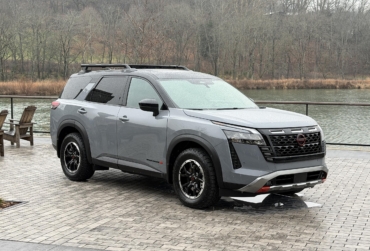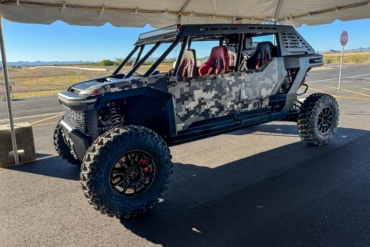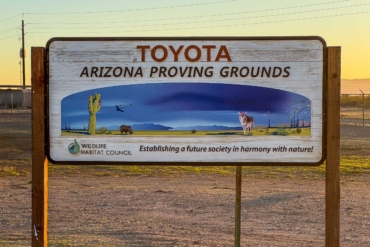Gaia GPS adds overland-specific maps to make sure you know when and where you can drive, camp, and explore. Yes, even offline.
Gaia GPS has an exhaustive collection of maps for hikers, cyclists, and off-road drivers. Now, Gaia is giving overlanders a more comprehensive mapping option. Called Gaia Overland, it includes forest roads, BLM trail data, and more routes. Plus, it adds road closure dates, permitted vehicles, and public land boundaries to ensure that you never get lost or end up on the wrong track.
Gaia GPS’s maps are well recognized in the world of outdoor recreation. The platform offers topographical maps that include more than just terrain. The app consists of U.S. Geological Survey and U.S. Forest Service maps. It also has hiking trails, campsites, and National Geographic Trails maps.
Maps That Go With You

Last year, Gaia GPS added Android Auto compatibility to its app. It made it the first backcountry navigation app to work with the Google in-vehicle system. Users can now pull up any Gaia GPS map on the vehicle’s infotainment screen. And unlike Google Maps and other app-based maps, Gaia’s maps are available offline, with full detail and turn-by-turn directions.
Don’t worry, Apple users; it works on CarPlay too.
The app is moving from a target audience of off-roaders to full-on overlanders and ATV, UTV, and motorcycle riders.
Gaia Overland Maps Show You Everything but the Scenery

Gaia Overland maps include OpenStreetMap road and trail data, USFS road and trail data, and Bureau of Land Management road and trail data. It even has USFS Motor Vehicle Use Maps.
These maps show where you can drive a motor vehicle in the National Forest System. They even tell you what vehicle classes can use the road, what seasons they’re open, and loads of other travel rules and regulations. (Check out a side-by-side view of the previous Gaia map layers versus the Overland map upgrade.)
Gaia can tell you road surface types (gravel, sand, etc.) and vehicle constraints (highway-legal, bikes only, etc.). The overland maps can tell you if the road is closed for the season and give you the road number for unmarked roads and trails.
Gaia GPS can also show you weather maps and even wildfire activity to help you know what to pack, what to expect, and when to stay home.
Many of these maps are available individually elsewhere. What makes Gaia different is that it combines all the data into one downloadable map. For example, the USFS uses maps that don’t have topographic data, and sources with topo data don’t have all the roads or types of vehicle access.
Find POIs, Public Lands, and More
Because overlanding means you’re not always on a path, beaten or not, Gaia Overland helps ensure that you stay in places you’re allowed to be. The maps show public land boundaries to help keep you on the right side of the law. It’ll help you find sites where camping is permitted too.
On top of the pure map data, Gaia Overland has points of interest (POI). Gas stations and scenic overlooks are on the maps, as are springs, peaks, mountain passes, and more. Many of the points of interest and hiking trails have extra information to fill you in on what’s there.
All you need is an Android or iOS phone or tablet to use the maps. To use them on your dash, you’ll need Android Auto or Apple CarPlay, but a typical phone mount works almost as well. Get lost or end up on the wrong trail while using these maps, and you’re probably not meant to be in the great outdoors.
You’ll need a Gaia GPS Premium subscription for the map catalog and offline GPS ability. The service is $40 per year, and Gaia offers a $20 off promo for the first year.








